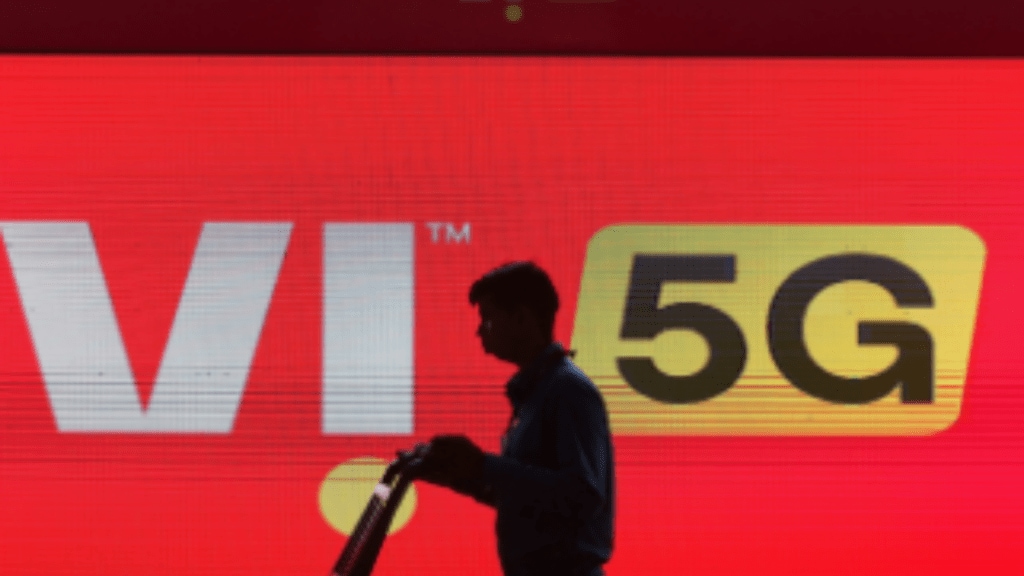Vodafone Idea CEO Akshaya Moondra on Friday said the company is planning to incur a capital expenditure of Rs 50,000-55,000 crore over the next three years, on the back of recent equity fundraise and proposed bank funding.
The company will utilise the capex towards expanding 4G coverage in 17 priority circles, 5G launch in key geographies, capacity expansion to meet increasing data demand, and for growing its enterprise business.
This assumes significance as in FY24, Vodafone Idea’s capex was about Rs 1800 crore, and with the fundraise, the same will increase 10 times to around Rs 18,000 crore annually in the next three years.
“Our topmost priority is 4G coverage because that was the only reason why we continue to lose subscribers, so for expanding that, the capex will be fairly accelerated,” Moondra said in the post-quarter earnings call with analysts.
“There are some areas where there is decongestion because of capacity issues. The rest of investment will happen as the capacity as the traffic grows,” Moondra said, adding that the company should be able to complete the large part of coverage in a period of 12-15 months to be competitive in the market.
Besides 4G coverage, Vodafone Idea will be rolling out 5G on a large scale in 6 months from now. Till date, the company has completed minimum network rollout obligations in four circles – Maharashtra, Delhi, Tamil Nadu, and Punjab, and is looking to complete the same in Bihar and Mumbai.
“We are in discussion with various technology partners for finalisation of our 5G rollout plans…The main focus going to be on main cities which see a large concentration of 5G devices,” Moondra said.“It is important to note that since we will be launching 5G now, we will be well placed to effectively utilise our capex spends as we will be able to address the part of the capacity requirement via 5G instead of 4G,” he added.Post the fundraise of Rs 18,000 crore through follow-on public offer (FPO) and Rs 2,075 crore from promoters, Vodafone Idea has started engaging with a consortium of banks again for debt funding of about Rs Rs 25,000 crore and additional non-fund-based facilities of up to Rs 10,000 crore.“We have some capital available, and we will be able to close the discussions with the banks in good time. In the time when we need those facilities, they will be available,” Moondra said.
When asked about the payments to the government post the moratorium, Moondra said, “What we believe based on our outlook today is that in FY26 and FY27, we will probably be looking at the conversion of the instalments, which are as per the reforms package convertible.”
In FY26, once the moratorium on regulatory dues is over, Vodafone Idea will have an obligation to pay around Rs 29,000 crore to the government. From FY27 onwards, the company will have to pay Rs 43,000 crore to the government till FY31.
At the end of the January-March quarter, Vodafone Idea’s gross debt (excluding lease liabilities and including interest accrued but not due) was at 2.16 trillion. The gross debt comprises deferred spectrum payment obligations of Rs 1.3 trillion, AGR liabilities of Rs 70,320 crore that are due to the government, debt from banks and financial institutions of Rs 4,212 crore and optionally convertible debentures amounting to Rs 160 crore.
On the tariff hikes, Moondra reiterated his stance on usage-based charges. “Tariff rationalisation on the high usage plans and moving to a price structure of paying more for using more remains critical to ensure that the operators make reasonable returns on their large network and spectrum investments,” Moondra said.
He said, trend in tariff increases suggest that the extent of SIM consolidation has progressively reduced. According to Moondra, the market can absorb tariff hikes, and this must now focus on “paying more for using more” rather than on entry-level packs.
Vodafone Idea’s net loss for the January-March quarter expanded to Rs 7,674 crore from Rs 6,986 crore in the preceding quarter. The losses expanded owing to a fall in revenues and the base effect of the preceding quarter where the company recorded a one-time gain of Rs 755.5 crore.
Revenue from operations during the period fell 0.6% q-o-q to Rs 10,607 crore. On a year-on-year basis, the revenue rose 0.7%.
The company lost 2.6 million mobile subscribers, taking its user base to 212.6 million at the end of March.

